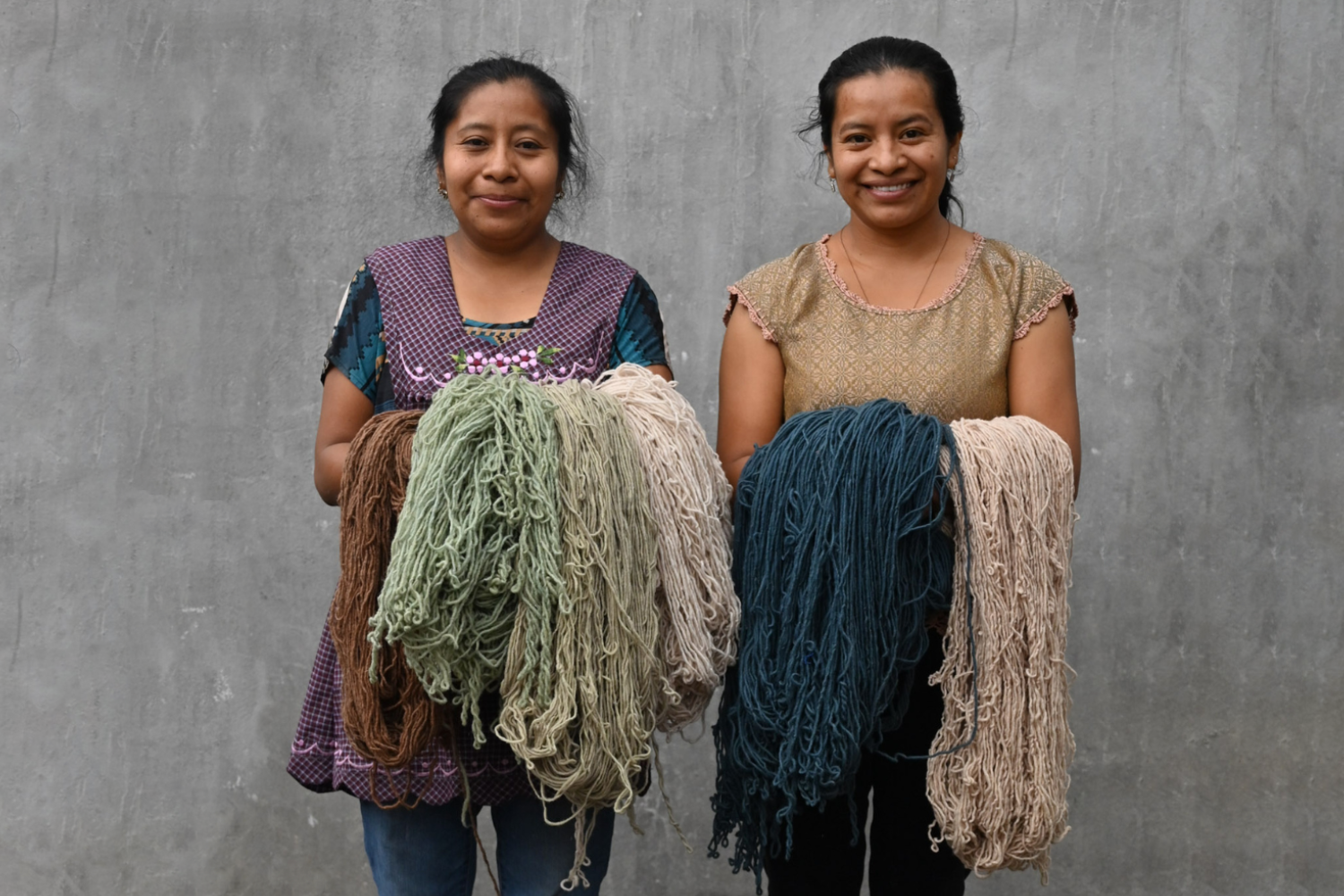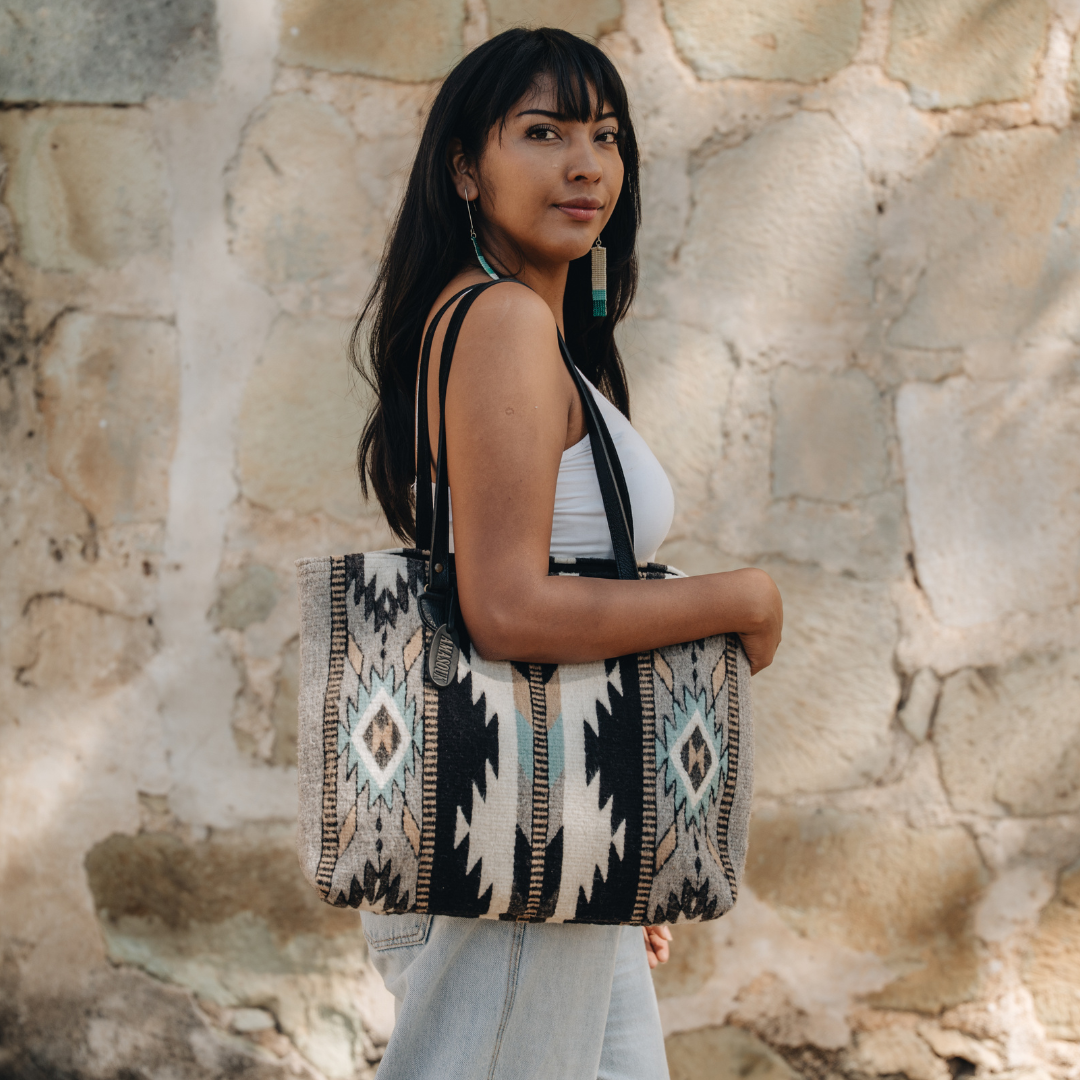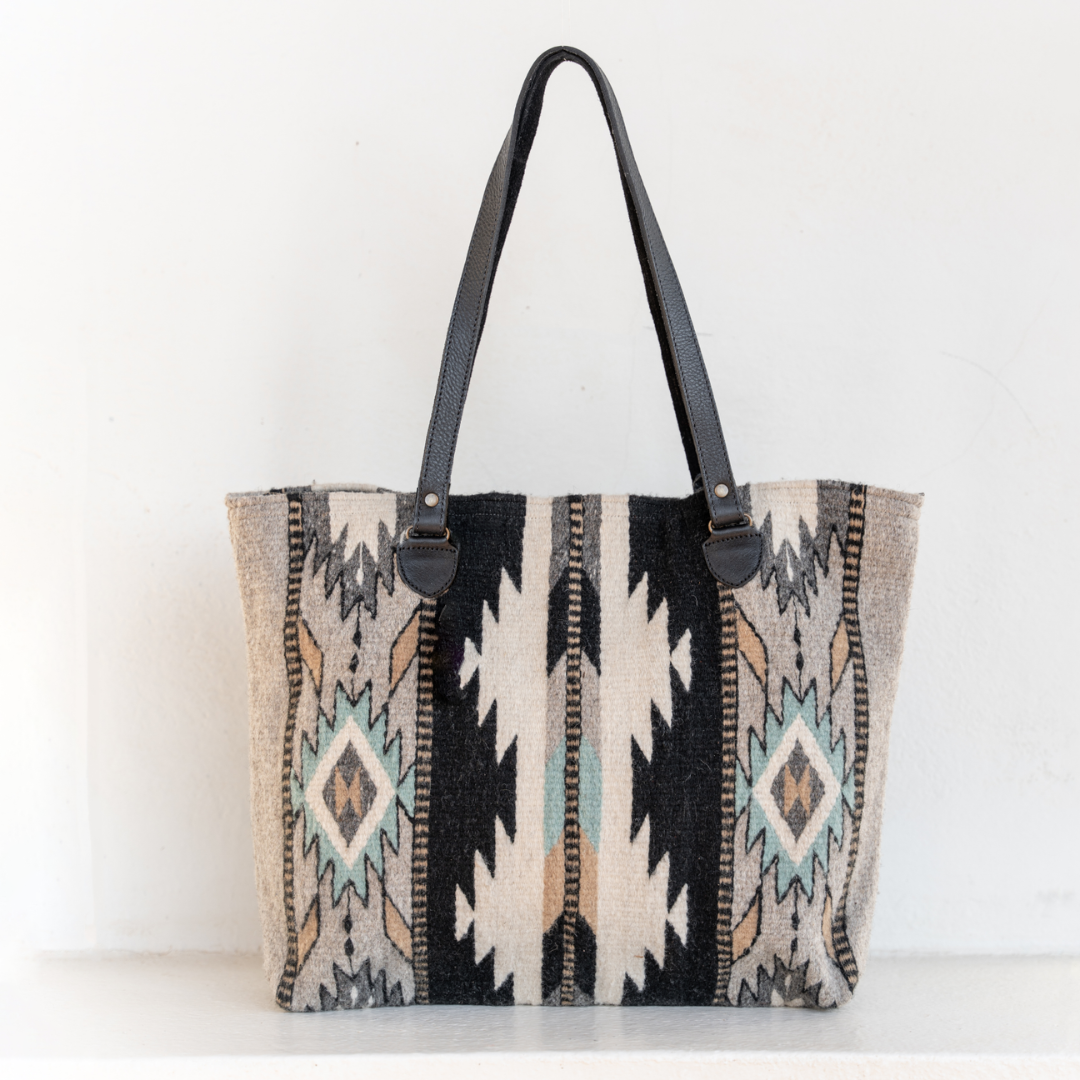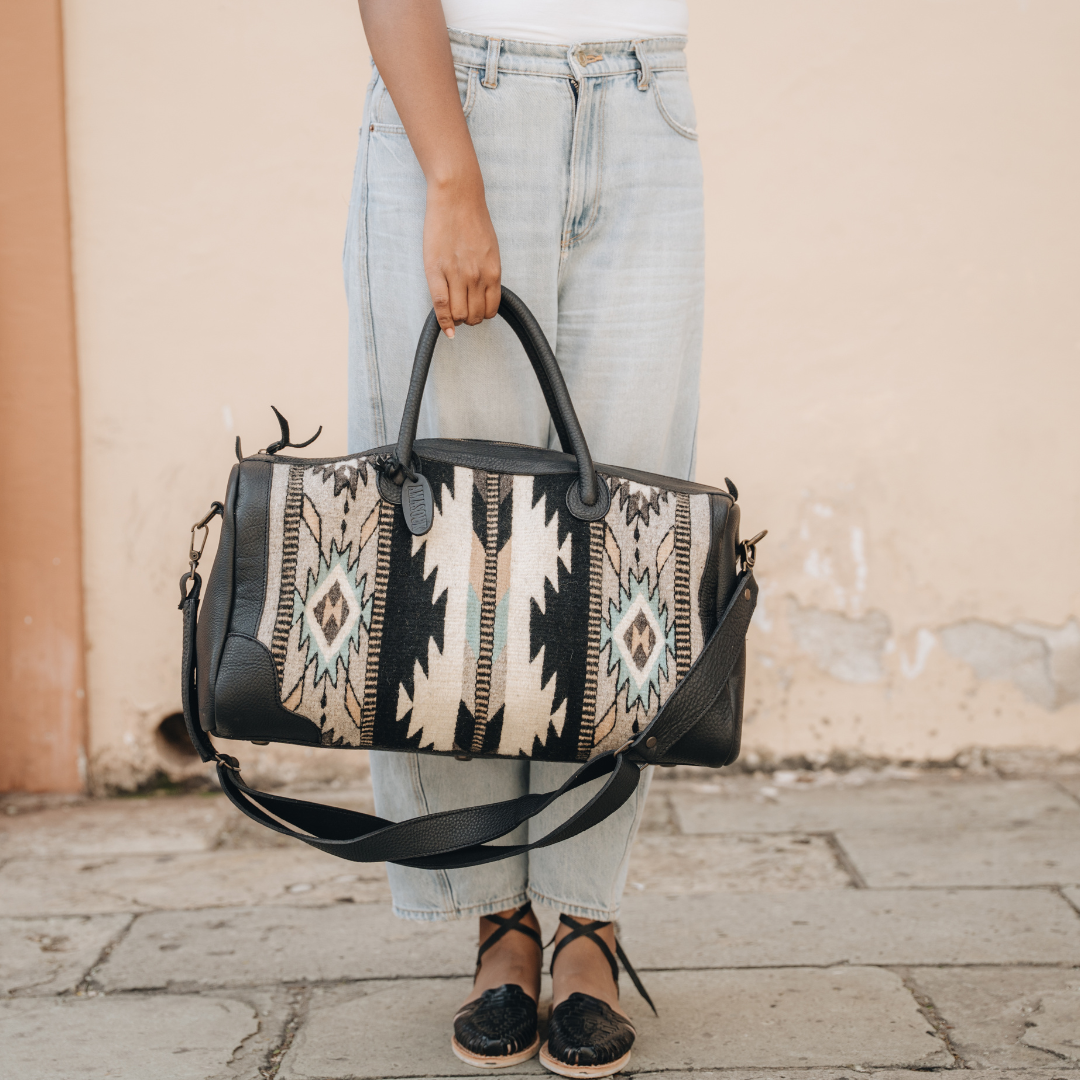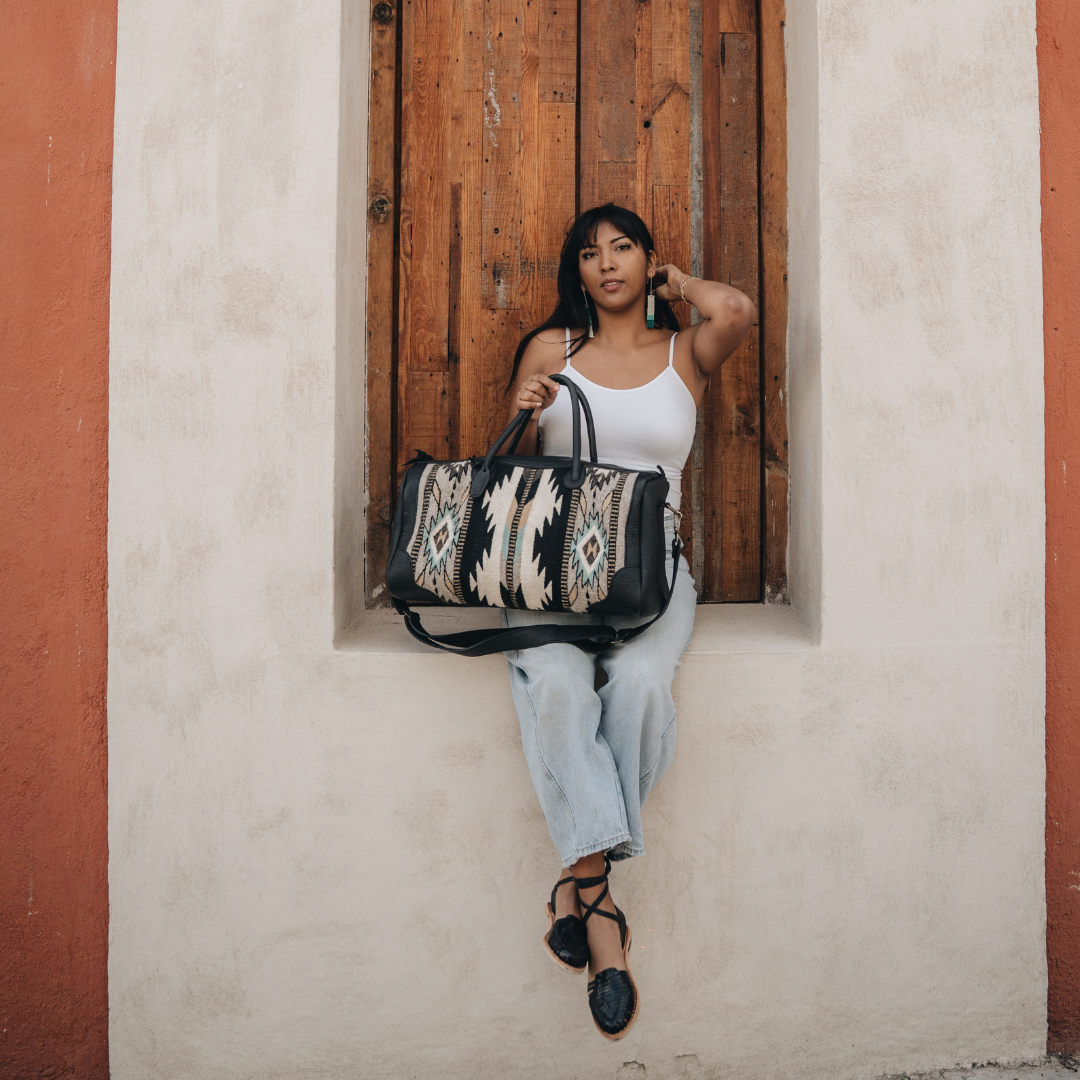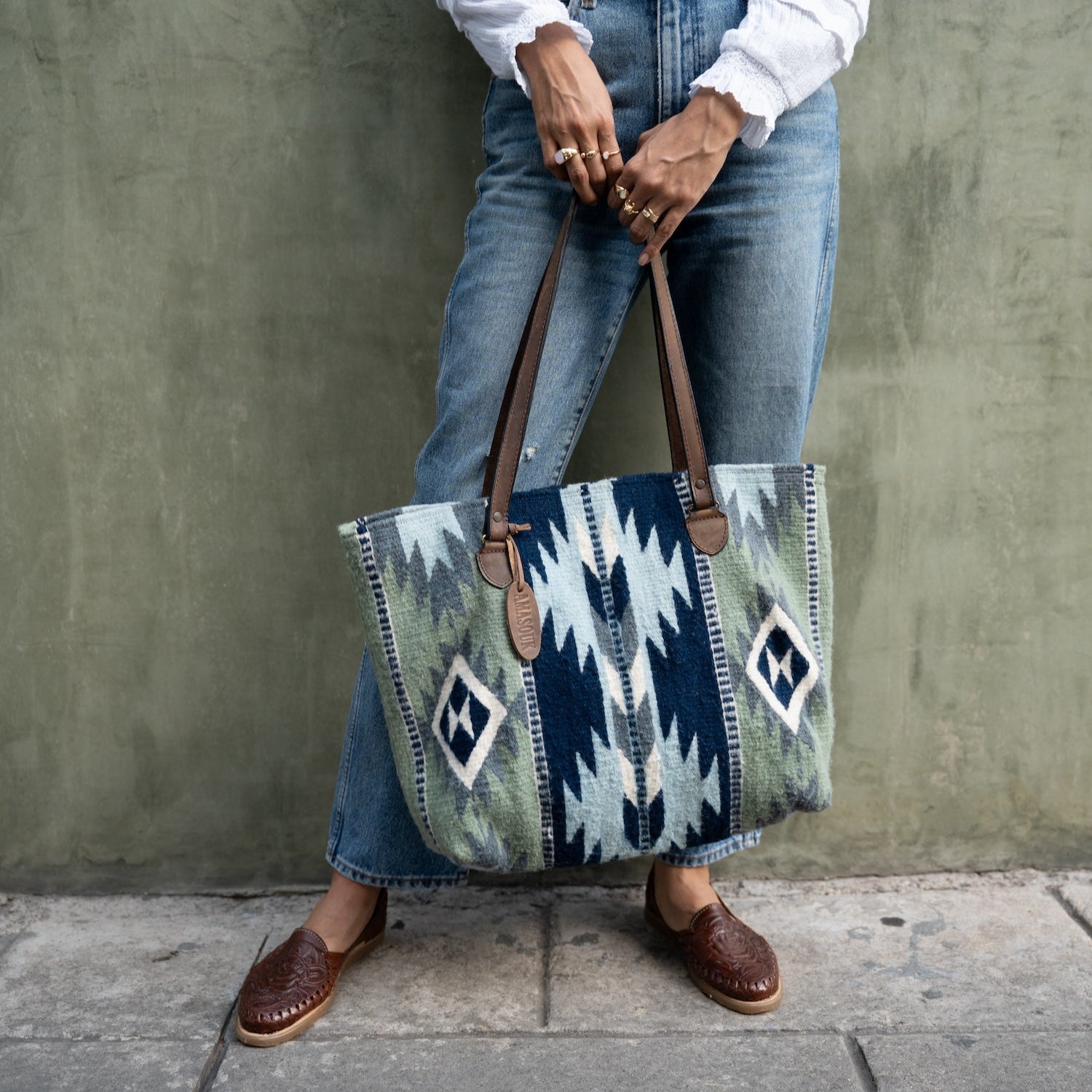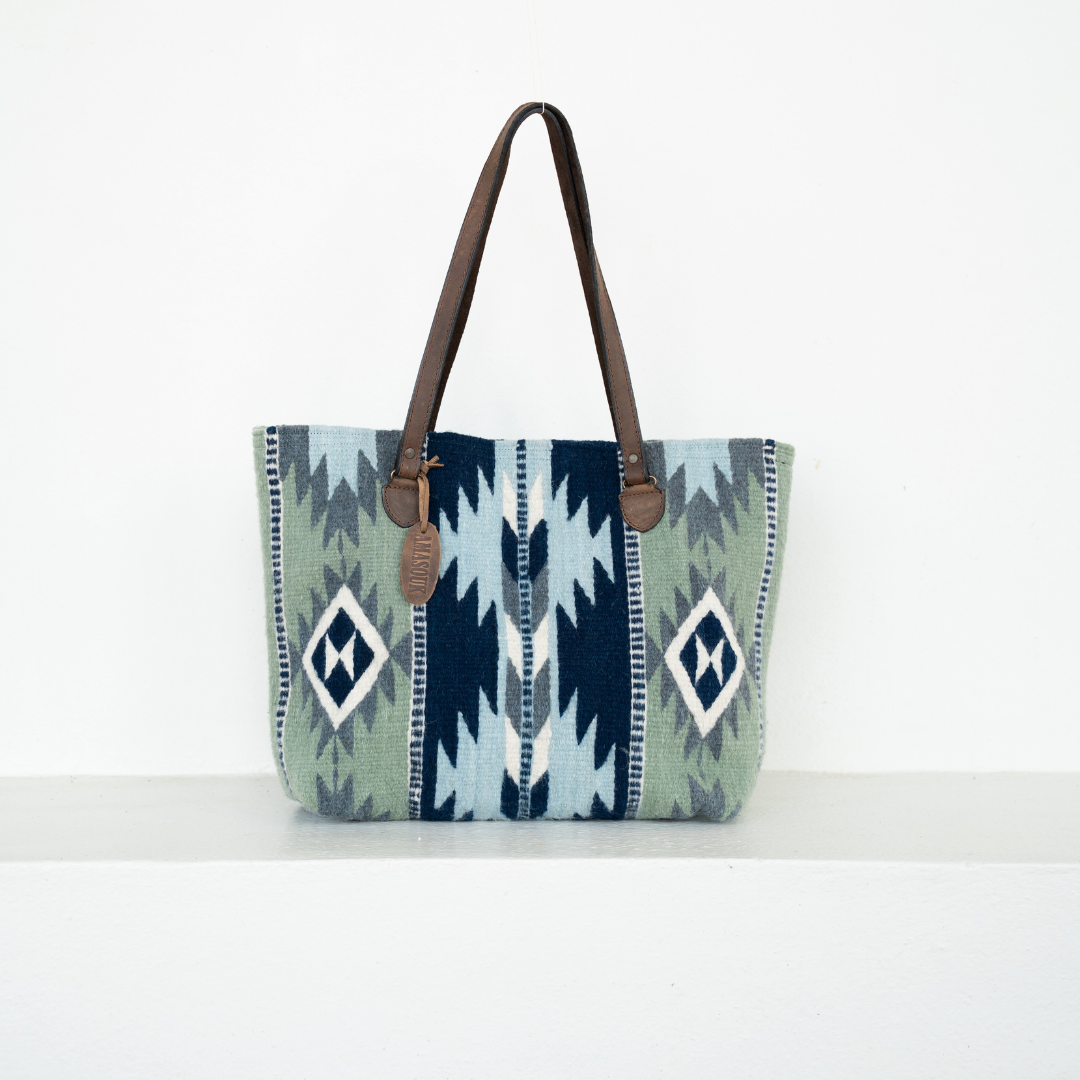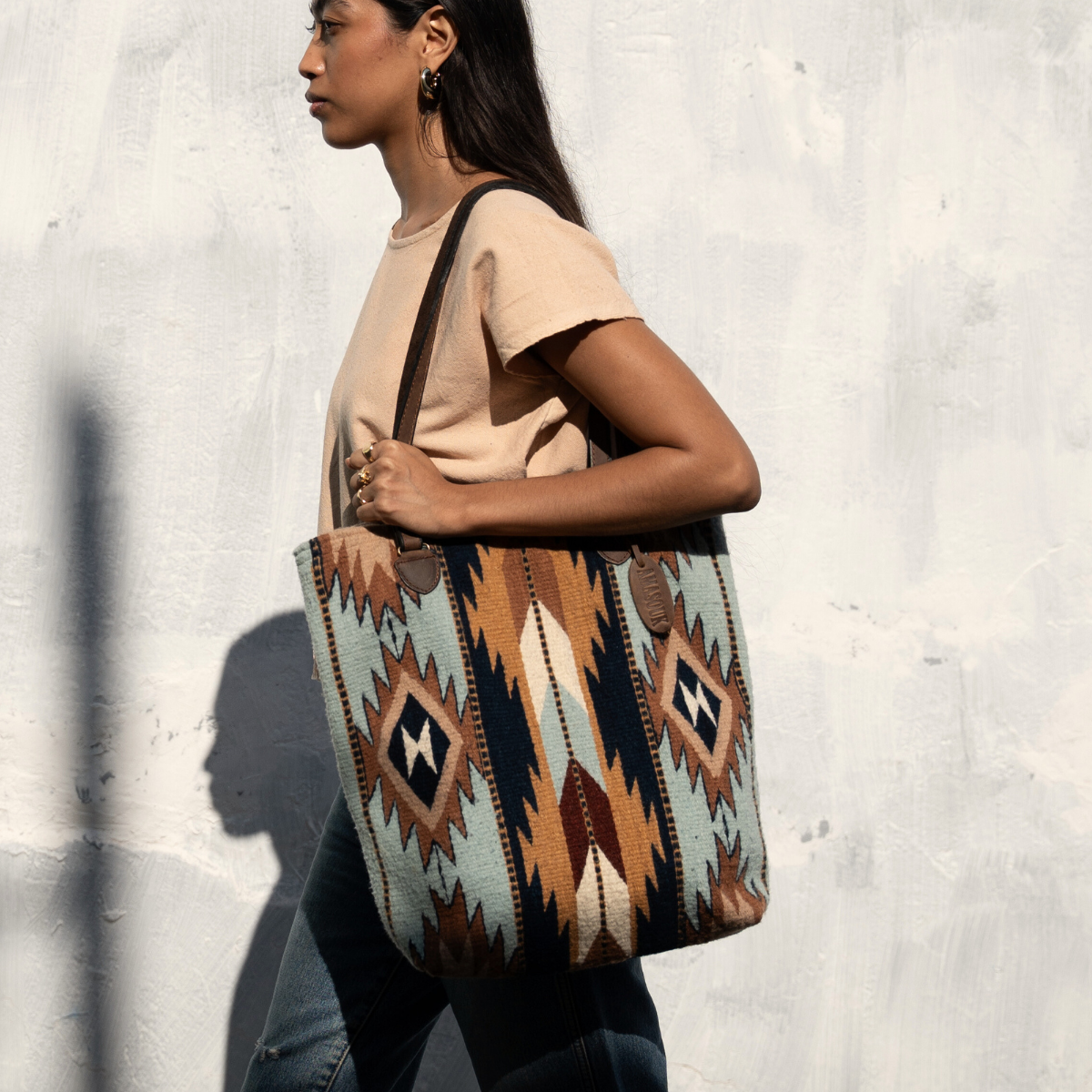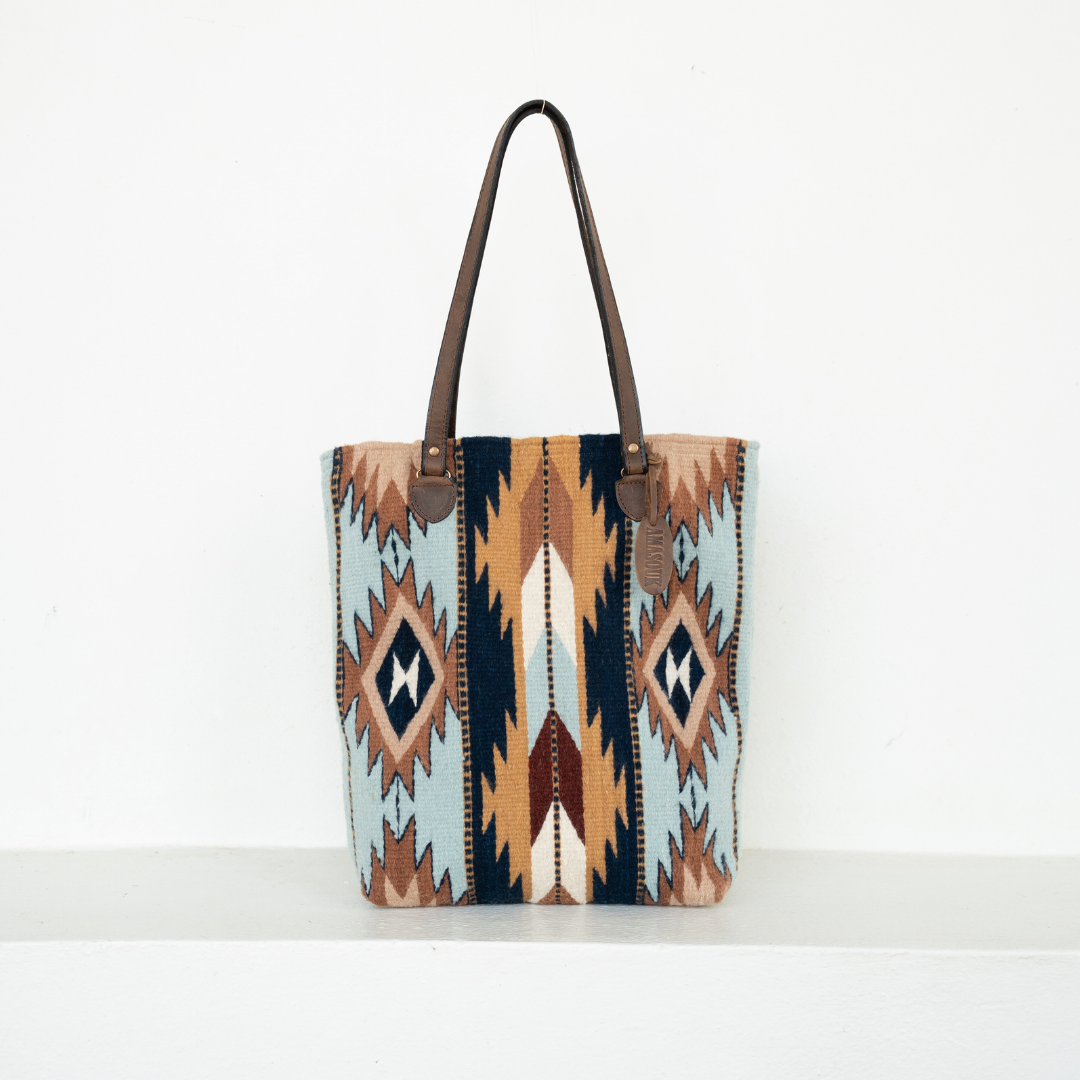A Deep Dive into Traditional Weaving Techniques
Oaxaca, located in the southern part of Mexico, is known for its vibrant culture, rich history, and stunning landscapes. But one of the most celebrated aspects of this region is its textiles. Oaxaca's weaving traditions are deeply embedded in the identity of its indigenous communities, with techniques passed down through generations. These textiles are more than just fabric; they’re an expression of art, culture, and craftsmanship.
Each year, people from all over the world travel to Oaxaca to learn from its skilled weavers. What draws them? What makes Oaxacan textiles so special, and why do these techniques remain so revered today? Let's take a closer look at the traditions, techniques, and artistry that make Oaxaca's textiles unique.

A Living Tradition: The Role of Weaving in Oaxaca
Weaving in Oaxaca isn't just a craft—it's a way of life. The region is home to many indigenous groups, including the Zapotecs, Mixtecs, and Triquis, each with their own distinctive textile traditions. These communities have been weaving for centuries, and their craftsmanship is interwoven with cultural identity. From the colors and patterns to the techniques, Oaxacan textiles reflect stories, beliefs, and the landscape itself.
The artistry is visible in every piece, whether it's a finely handcrafted bag, a gorgeous rug, a hand-woven blouse, or a colorful rebozo (shawl). The skill required to produce these textiles is immense, with each technique taking years to master. Many weavers still work using traditional methods, and their work is considered a treasure that can’t be replicated by machines.

The Art of Backstrap Weaving: A Tradition of Patience and Precision
One of the most iconic and unique weaving techniques in Oaxaca is backstrap weaving. This ancient method of weaving is still practiced by many Oaxacan artisans, especially in rural villages. Backstrap weaving is named for the strap that is worn around the weaver's back, allowing them to control the tension of the loom while sitting or standing. The technique requires great skill and precision, with the weaver manually adjusting the tension and rhythm of the loom as they go.

What sets backstrap weaving apart is its simplicity and portability. Unlike large floor looms, the backstrap loom can be set up anywhere—on the ground, in a home, or even on the side of the road. This flexibility allows for a deep connection between the weaver and their environment. The process is slow and deliberate, often taking days or even weeks to complete a single piece.
The designs created using backstrap weaving are often inspired by nature—mountains, rivers, animals—and are rich in symbolism. These textiles are not just decorative; they represent stories, rituals, and customs. The repetitive motions and deep focus required for backstrap weaving turn each piece into a meditative practice, transforming raw materials into timeless works of art.
The Role of Natural Dyes: A Palette of Tradition
Oaxacan textiles are known for their vibrant colors, which are often achieved through the use of natural dyes. Indigenous Oaxacans have long used plants, insects, and minerals to create dyes for their fabrics, making their work an environmentally sustainable art form. The famous cochineal insect, which is found on cacti in the region, produces a brilliant red dye that has been used for centuries. In addition to cochineal, weavers use other natural materials like indigo, marigold flowers, and wild mushrooms to create an array of stunning hues.

The process of extracting and preparing natural dyes is labor-intensive and requires knowledge passed down through generations. Each dye has its own properties, and the weaver must carefully prepare the material to achieve the desired shade. The result is a rich, nuanced color palette that machine-dyed fabrics can’t replicate. This connection to nature and the environment adds another layer of meaning to the textiles, making each piece a celebration of the local ecosystem.

Why People Travel to Oaxaca to Learn Weaving
So why do people come from all over the world to learn from Oaxacan weavers? The answer lies in the region’s rich textile heritage, which has been passed down for generations. Oaxaca’s weaving techniques, particularly backstrap weaving, have become iconic for their intricacy and beauty, attracting artisans, designers, and textile enthusiasts globally.
One of the most prominent examples of this exchange of knowledge is the Texere Textile Residency, co-founded by our design partner Ana Cris. As highlighted in Vogue, this residency invites artists and weavers from around the world to immerse themselves in the ancient practices of Oaxaca while contributing their own creativity to the ongoing evolution of these techniques. Ana Cris, in addition to being a key collaborator in our work, has been instrumental in creating this space for cross-cultural learning. Through her leadership in the residency, she helps foster a deeper understanding of Oaxacan craftsmanship, allowing participants to learn directly from local artisans while sharing their own artistic perspectives.

The opportunity to learn these techniques in Oaxaca is about more than acquiring a new skill; it’s about connecting to a culture and a tradition that speaks to the heart of the region. Weaving in Oaxaca is an intimate, hands-on process, whether it's the tactile experience of working on a backstrap loom or the art of dyeing with natural, locally sourced pigments. For those who seek to preserve and elevate these techniques, Oaxaca offers a rich, immersive learning experience that is as much about cultural exchange as it is about craft.

The Global Impact of Oaxacan Weaving
The impact of Oaxacan textiles extends far beyond the region itself. As people around the world become more interested in handmade, sustainable products, the demand for Oaxacan textiles has grown. Weaving communities in Oaxaca have found new markets for their creations, allowing artisans to continue practicing their craft while also supporting their families and preserving their cultural heritage.
In this way, Oaxacan weaving is more than just an art form; it’s a means of cultural exchange, economic empowerment, and sustainability. The global appreciation for these textiles helps keep the tradition alive and ensures that future generations will continue to learn and practice the techniques.

The Magic of Oaxaca in Every Thread
The textiles of Oaxaca are not just fabric—they are a living representation of the region’s rich cultural heritage, creative expression, and connection to the land. From the intricate backstrap weaving technique to the use of natural dyes, these textiles are the result of centuries of tradition, patience, and skill. The artisans who continue to practice these methods are not just preserving a craft—they are keeping their history alive for the world to see.
Whether you're a seasoned artisan or a curious traveler, Oaxaca’s textiles offer a glimpse into the deep, meaningful connection between people, culture, and the art of weaving. It's no wonder that people from all over the world are drawn to learn from the weavers of Oaxaca and to carry a piece of this ancient tradition back with them.



